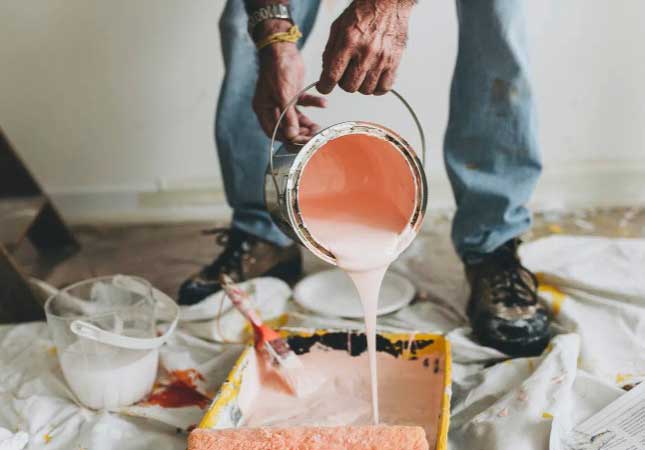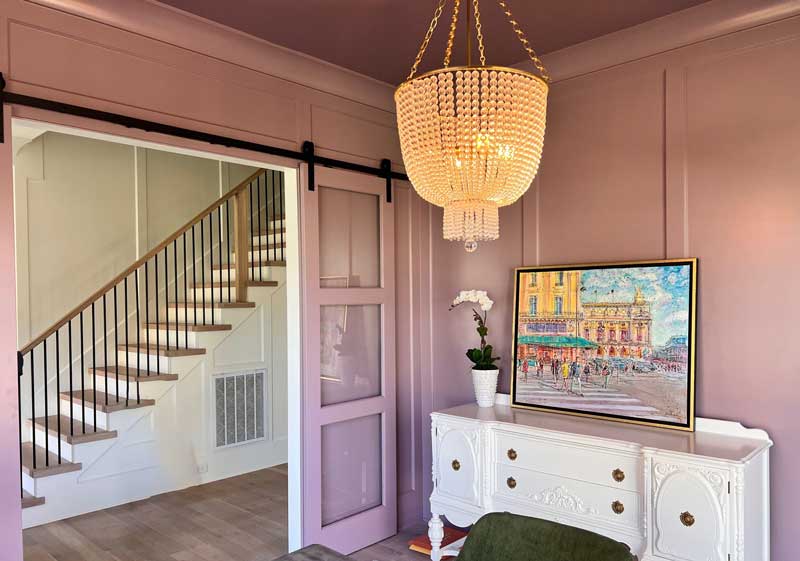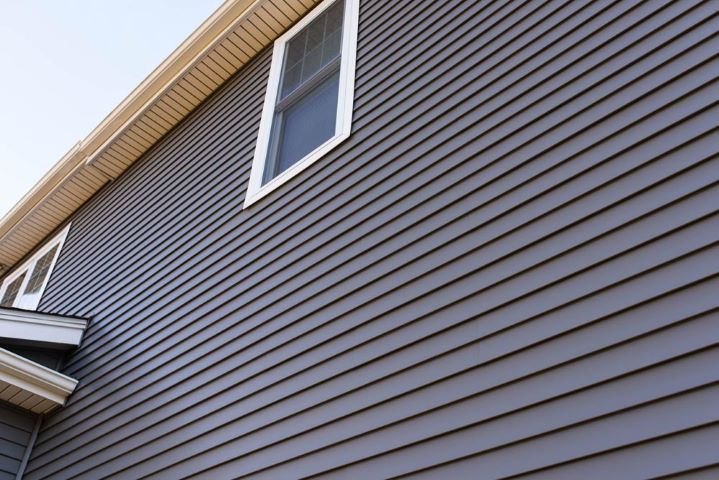By: Alyssa Foster
Painting your house can be an exciting and rewarding DIY project. Whether you’re looking to freshen up the interior or give your home’s exterior a facelift, a fresh coat of paint can completely transform the look and feel of your space. However, achieving a professional-looking finish requires careful preparation and execution. In this blog post, we’ll share seven essential DIY house painting tips to help you achieve stunning results.
- Plan and Prep
Before diving into the painting process, take the time to plan and prep your project. Make a list of the materials you’ll need, including paint, brushes, rollers, roller pans, 5-in-1, drop cloths, and painter’s tape. Remove furniture or cover it with plastic sheets to protect it from paint splatters. Clean the surfaces you’ll be painting thoroughly, removing any dirt, dust, or loose paint.
- Use High-Quality Tools and Materials
Investing in high-quality tools and materials is crucial for a successful painting project. Quality brushes and rollers will provide smoother application and better coverage while paints with good pigmentation and durability ensure long-lasting results.
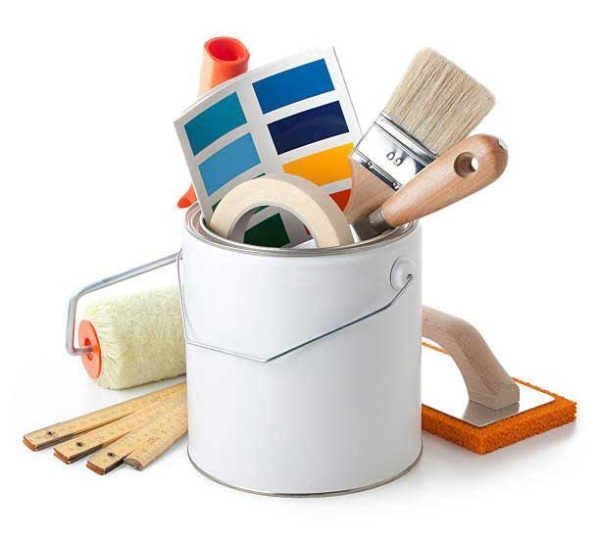

- Plan and Prep
Before diving into the painting process, take the time to plan and prep your project. Make a list of the materials you’ll need, including paint, brushes, rollers, roller pans, 5-in-1, drop cloths, and painter’s tape. Remove furniture or cover it with plastic sheets to protect it from paint splatters. Clean the surfaces you’ll be painting thoroughly, removing any dirt, dust, or loose paint.
- Use High-Quality Tools and Materials
Investing in high-quality tools and materials is crucial for a successful painting project. Quality brushes and rollers will provide smoother application and better coverage while paints with good pigmentation and durability ensure long-lasting results.
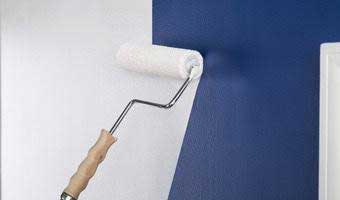
- Prime the Surface
Priming the surface before painting is essential, especially if you’re covering dark or stained walls. Primer helps the paint adhere better and provides a smooth base for the topcoat. It also aids in hiding any imperfections on the surface.
- Practice Proper Technique
Applying paint evenly and smoothly requires some practice. Start with a small, inconspicuous area to get comfortable with your tools and technique. Use a brush or roller in a consistent manner, applying even pressure. Avoid overloading the brush or roller with paint, as it can lead to drips and uneven application.
- Cut-in Before Rolling
To achieve a professional finish, it’s important to “cut-in” before rolling. Cutting-in involves painting the edges, corners, and areas around trim with a brush, providing clean lines and a neat finish. Once the edges are painted, use a roller to cover the larger areas, working in small sections. (It’s okay to use painter’s tape, you’re not a pro!)
- Multiple Coats for Even Coverage
Most painting projects require more than one coat of paint to achieve an even and uniform finish. The 2nd coat is the easy part and crucial, so don’t believe the claims of “one-coat coverage”. Allow each coat to dry completely before applying the next. This will ensure better coverage and enhance the durability of the paint.


- Cut-in Before Rolling
To achieve a professional finish, it’s important to “cut-in” before rolling. Cutting-in involves painting the edges, corners, and areas around trim with a brush, providing clean lines and a neat finish. Once the edges are painted, use a roller to cover the larger areas, working in small sections. (It’s okay to use painter’s tape, you’re not a pro!)
- Multiple Coats for Even Coverage
Most painting projects require more than one coat of paint to achieve an even and uniform finish. The 2nd coat is the easy part and crucial, so don’t believe the claims of “one-coat coverage”. Allow each coat to dry completely before applying the next. This will ensure better coverage and enhance the durability of the paint.
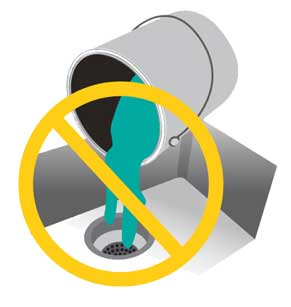
- Clean Up Properly
After completing your painting project, it’s important to clean up properly. Clean your brushes, rollers, and other painting tools immediately after use to prevent the paint from drying and damaging the equipment. Dispose of leftover paint and empty cans responsibly, following your local regulations.
Painting your home yourself is a great way to save money while also personalizing your space. To achieve that “professional” look, just remember to use our seven DIY house painting tips and you’ll be well on your way to a stunning transformation. So, grab your brushes and get ready to create a beautiful new look for your home!
Need Something Painted?
DeHaan Painting would love to help take the task of painting off your mind, but our schedule fills up fast! With summer in full swing, it’s a great time to start your exterior projects before the weather cools down. Don’t wait, act now and book with us!

Helping Thousands of Families in Plaza Midwood, Noda, Chantilly, Dilworth, Elizabeth, Myers Park, South Park, Barclay Downs and Surrounding Areas.
DeHaan Painting
“Charlotte’s Premier Painter”
Interior House Painting – Exterior House Painting – Kitchen Cabinet Painting – Limewash Applications – Commercial Painting – Christmas Light Installer
Phone: (980) 224-3191
Email: info@dehaanpaints.com

